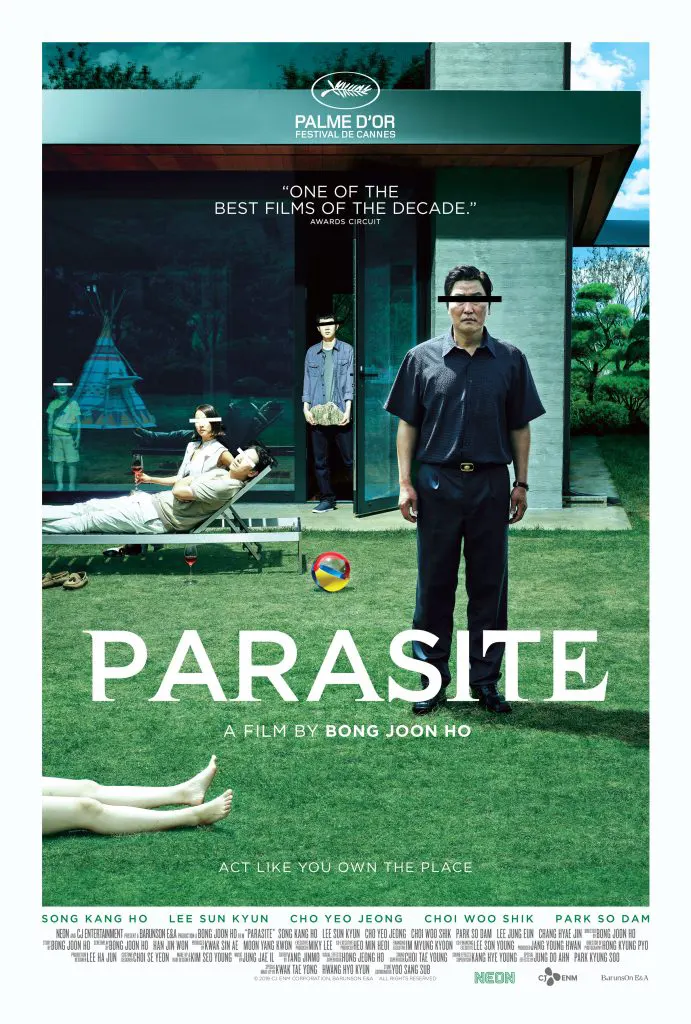10 best movies of the 21st century The 2000s was the golden age of movies that brought us so many unforgettable movies that left indelible traces in our hearts and minds.
From epic saga and groundbreaking science fiction to heart-warming animated stories and heart-wrenching thrillers, this decade saw the emergence of cinematic masterpieces that still captivate audiences.
This article celebrates the remarkable stories and exceptional filmmaking that defined this era, and we’ll learn about the top 10 films of the 2000s.
Top 10 Movies of the 2000s
The 2000s were a time of film innovation, when storytelling and technology combined to create an unparalleled viewing experience. Here’s a list of the top 10 movies that really took notice of the decade:
- The Lord Of The Rings: The Fellowship Of The Ring(2001)
- The Dark Knight(2008)
- Avatar(2009)
- The Lord Of The Rings: The Return Of The King(2003)
- Eternal Sunshine of the Spotless Mind(2005)
- Pan’s Labyrinth(2006)
- Memento(2001)
- No Country For Old Men(2008)
- Gladiator(2000)
- A Beautiful Mind(2002)
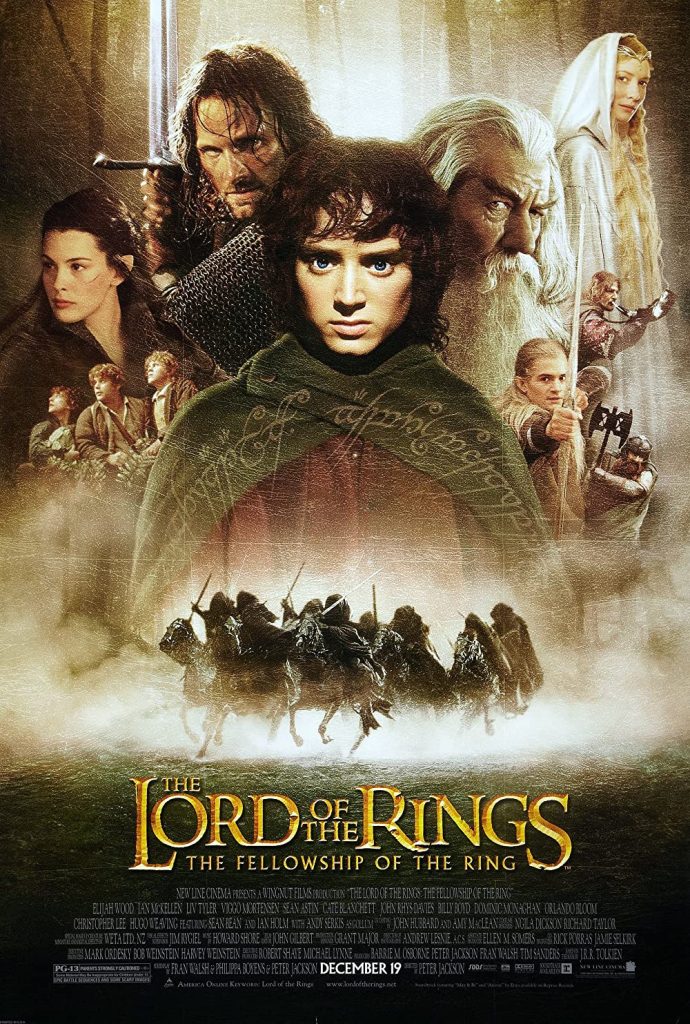
-
The Lord Of The Rings: The Fellowship Of The Ring(2001)
Movie Introduction
The absolute ring of Sauron, the evil monarch who will rule all power, wakes up and evil forces dominate the world, leaving the middle world in chaos. The ring expedition consisting of hobbits, Frodo, his friends, elf Legolas, human warriors, Aragon, Boromir, Dwarf, Gimli, and wizard Gandalf goes on a journey for life toward Mordor, where the only way to destroy the absolute ring is to keep the peace. Meanwhile, the ring expedition, ahead of the inevitable war with Sauron, which has become increasingly powerful, is finally embarking on a huge final war…
The Lord of the Rings: The Lord of the Rings was not just a movie; it was a huge journey into the mesmerizing realm of the Middle Earth that came to life in a way that had never been seen before. Directed by visionary filmmaker Peter Jackson, this epic fantasy adventure set the stage for one of the most remarkable trilogy of film history.
The film’s meticulous world-building is a testament to the filmmakers’ dedication. From the lush, winding hills of Shire to the peak of Mordor with a hunch, the Middle East felt alive and real. The attention to detail was amazing, and every place was infused with a rich history and culture that added depth to the story. As viewers, we were not just passengers, but travelers from the land of myths and legends.
The characters in The Friendship of the Rings were not just actors on screen. They were living beings, creatures with hopes, fears, and motivations of their own. The burden of Frodo, the nobility of Aragon, and the wisdom of Gandalf all became essential parts of our own journey. Their struggles and victories made us resemble ourselves, creating a deep emotional bond.
The epic battles in the movie were nothing short of spectacular. From heart-throbbing battles in the Moria mine to awe-inspiring clashes deep in Helm, each battle was a visual masterpiece. Choreography and special effects were groundbreaking, setting new standards for portraying large-scale conflicts in fantasy movies.
“Friendship of the Rings” not only set the bar for fantasy movies, but also redefined the possibility of cinematic storytelling. It proved that fantasy epic poems can be emotionally resonant, intellectually appealing, and visually stunning things can happen at the same time. The impact on genres and the film industry as a whole is immeasurable.
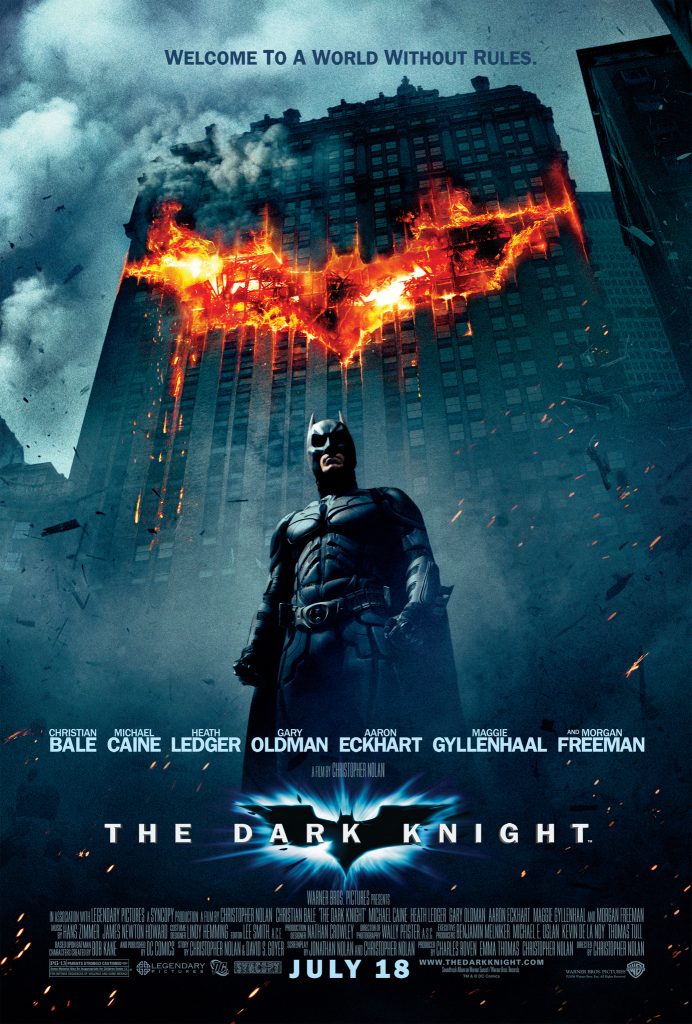
-
The Dark Knight(2008)
Movie Introduction
Batman, who protects Gotham, which is infested with crime and corruption by staging a crime sweep operation with just district attorneys Harvey Dent and Jim Gordon. Then one day, a criminal organization struggling to survive attracts a mad villain, Joker, to get rid of Batman, and the whole city of Gotham is plunged into deep chaos by the appearance of an unknown Joker. Finally, Joker, who revealed his strong obsession with Batman, declares that he will kill new people every day until he reveals himself in front of the citizens, and Batman prepares for the last confrontation where he throws out everything to stop the worst villain in history.
In 2008, Christopher Nolan’s “The Dark Knight” emerged as a cinematic masterpiece that transcended the boundaries of the superhero genre. Heath Ledger’s portrayal of the Joker in the film remains one of the most legendary and haunting performances in film history. But “The Dark Knight” was more than just an actor’s tour de force, but a cinematic experience that delved deep into complex themes and morally obscure characters.
At its core, it was a psychological exploration of the battle of chaos and order embodied in Batman and the Joker. The movie showed us a Gotham city engulfed in corruption and despair, a city on the verge of collapse. The Joker’s chaotic philosophy challenged Batman’s identity and purpose, and he did so with an uneasy charisma that made him impossible to turn a blind eye to.
Heath Ledger’s portrayal of the joker was a revelation. His humorous laughter at the joker, his disordered appearance, and mysterious unpredictability sent shivers through the spine of audiences around the world. Ledger’s acting was posthumously recognized as an Academy Award, but his influence went beyond awards and left an indelible mark on the character and film industry.
“The Dark Knight” did not avoid complicated themes and moral dilemmas. I had no choice but to question the nature of heroism and its consequent sacrifice. Faced with the Joker’s nihilism, Batman’s struggle with his code of ethics was a fascinating exploration of the fine line that separates right from wrong.
The film’s morally obscure characters, including Harvey Dent/Two Face, added depth and unpredictability to the story. Dent’s transformation from a noble district attorney into a vengeful, scarred antagonist was a poignant expression of the film’s quest for duality.
“The Dark Knight” is not simply considered one of the greatest comic books of all time, but a watershed moment in film history. It has taken the superhero genre to a new level of sophistication, leaving a lasting legacy and lasting impact on both the industry and the storytelling art.
![]()
-
Avatar(2009)
Movie Introduction
Humanity heading to Pandora to deal with global energy depletion is at odds with the native Nabi. In the process, ex-Marine Jake Sulli (Sam Washington) is deployed to the heart of the Nabi through the Avatar program… The inevitable war! Jake with all this fate in his hands! The world opens up like no other! Avatar: New creatures that combine human and Nabi DNA and can be remotely controlled by human consciousness through the Link Room
James Cameron’s “Avatar” stands as a monumental achievement in the film industry. It wowed audiences with its groundbreaking use of 3D technology and captivating visuals, but it was more than just a movie. “Avatar” paved the way for the revival of 3D movies by providing an immersive experience that changed the way we perceive them.
The use of 3D in “Avatar” was not just a trick; it was an integral part of storytelling. The movie brought audiences to the lush, exotic world of Pandora, a place full of vibrant animals and plants. 3D technology allowed audiences to set foot in this exotic scene, feeling as if they were right there with the characters. It just redefined the concept of immersive cinema.
Beyond the visual spectacle, “Avatar” showed thought-provoking narratives. The film explored the themes of environmentalism, colonialism, and the conflict between technology and nature. It depicted the conflict between human exploitation and the preservation of a unique ecosystem. The moral and ethical questions it raised resonated with the audience and sparked discussions about our impact on the environment.
The characters in the film, especially Jake Sully and Natiri, were fully realized and fascinating. Their journey and the relationship they formed were central to the emotional impact of the story. Following Jake’s transformation from a soldier to someone who embraces my lifestyle, we were drawn into a world where the boundaries between humans and aliens became blurred.
“Avatar” continues to be the highest-grossing film of all time, but its legacy far exceeds box office records. It has ignited renewed interest in 3D technology and fundamentally changed the way filmmakers approach visual storytelling. James Cameron’s creation was a game changer that showcased the power of cinema to move us to different worlds and engage in meaningful and timely dialogue.
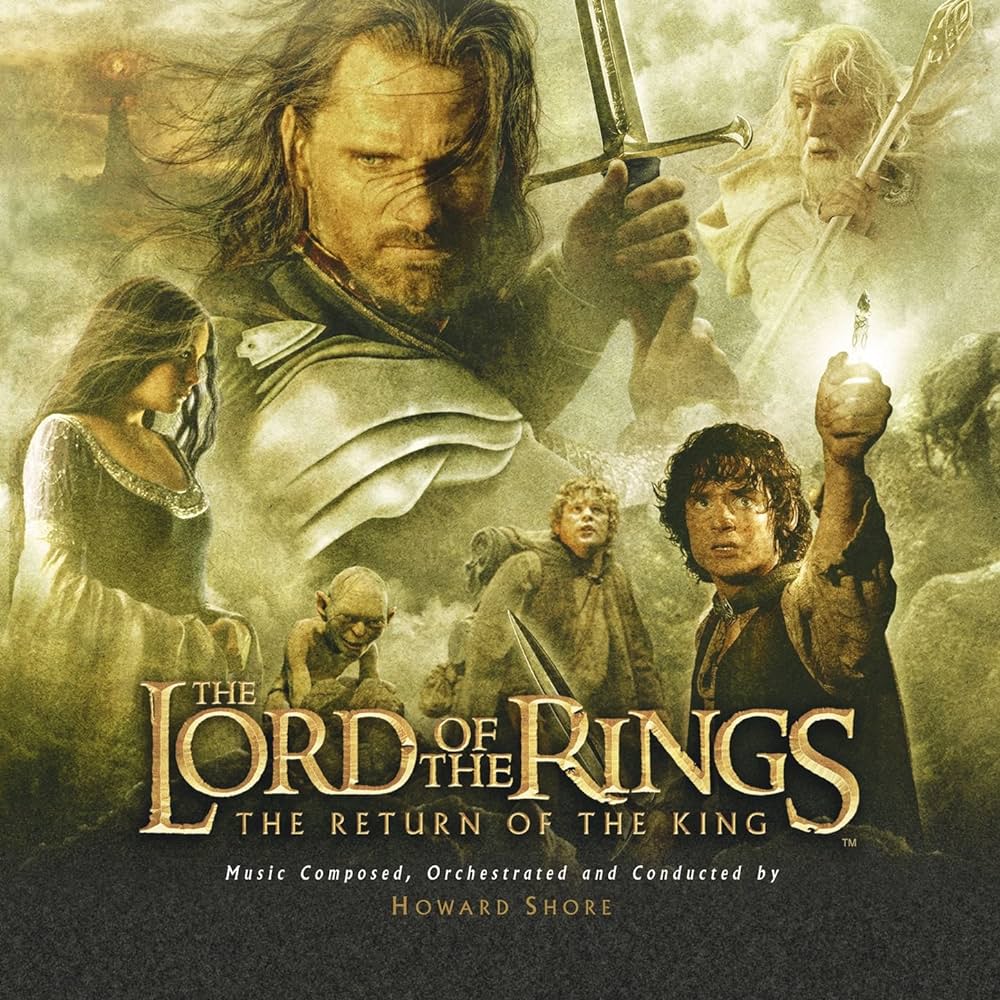
-
The Lord Of The Rings: The Return Of The King(2003)
Movie Introduction
The absolute ring of Sauron, the evil monarch who will rule all power, wakes up and evil forces dominate the world, leaving the middle world in chaos. The ring expedition consisting of hobbits, Frodo, his friends, elf Legolas, human warriors, Aragon, Boromir, Dwarf, Gimli, and wizard Gandalf goes on a journey for life toward Mordor, where the only way to destroy the absolute ring is to keep the peace. Meanwhile, the ring expedition, ahead of the inevitable war with Sauron, which has become increasingly powerful, is finally embarking on a huge final war…
The Return of the King, the final installment in the Lord of the Rings trilogy, marked the culmination of an epic movie journey. Directed by Peter Jackson, the film not only won several Oscars, but also cemented its place as one of the greatest fantasy films ever made. It was the culmination of a cinematic masterpiece that took the world by storm.
The visual grandeur of the film was awe-inspiring. From breathtaking mid-earth landscapes to epic battles on screen, The Return of the King was a testament to the power of visual storytelling. The attention to detail in production design, costumes, and makeup has revitalized the world of J.R.R. Tolkien’s novel in ways that had never been achieved before. Every frame of the film was a work of art.
The story of The Return of the King was equally brilliant. It brilliantly wrapped up the epic journey of the characters, including Frodo, Sam, Aragon, and Gandalf. The movie skillfully balanced various stories and character arcs, and intertwined them into smooth, emotionally resonant stories. The themes of heroism, sacrifice, and the triumph of good over evil are depicted with depth and nuance.
The film’s battle sequences, especially the Battle of Minastiris and the Battle of Black Gate, were nothing short of epic. The scale and choreography of these battles were unparalleled, and it was one of the most iconic moments in the film’s history.
The cast’s performances were outstanding, with outstanding works by actors such as Elijah Wood, Sean Astin, and Ian McKellen. Their portrayal of the beloved characters added an emotional weight to the story, and their commitment to the role was evident in every scene.
The Return of the King not only marked the end of a cinematic journey but also left a lasting mark on the fantasy genre. It remains a classic of cinema, celebrated for its storytelling, visual effects, and continuous emotional impact on audiences all over the world.
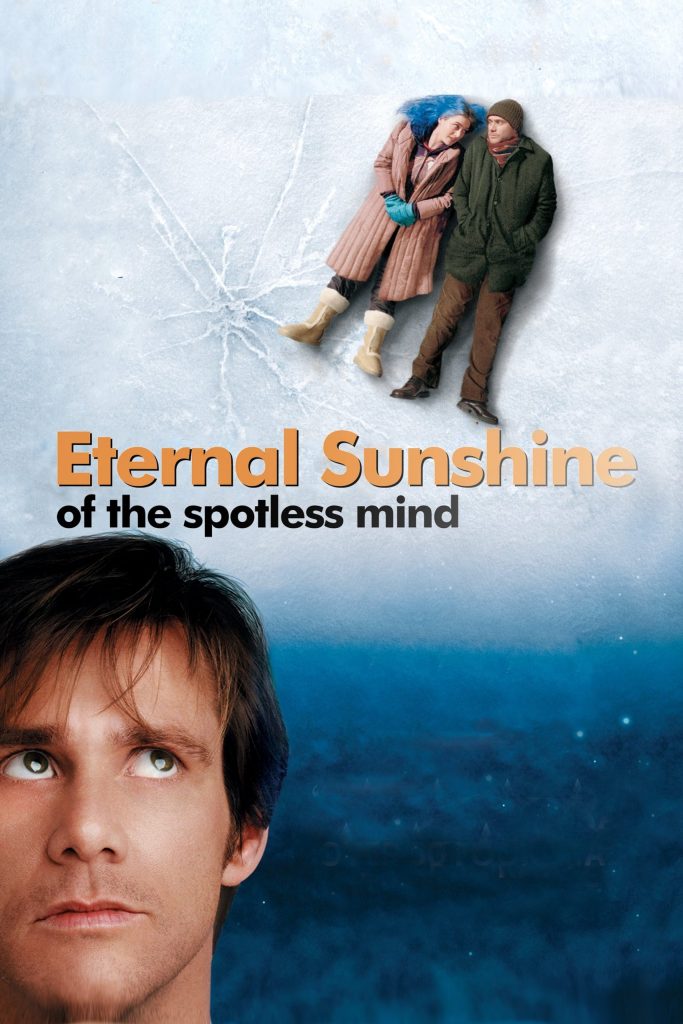
-
Eternal Sunshine of the Spotless Mind(2005)
Movie Introduction
That’s how love is remembered. Joel visits Lacunasa, which says that he only removes painful memories, and decides to erase his broken lover Clementine’s memories. As the memories disappear, Joel just doesn’t want to erase the moment the love began, the happy memories, the memories imprinted in his heart… Will this pain disappear if I erase you? That’s how love is remembered.
Michelle Gondry’s “Eternal Sunshine of the Heart” is a cinematic gem that delves deep into the complexities of love and memory. This innovative film provides thought-provoking premises that challenge the essence of human relationships, and does so with heartfelt acting that elevates them to standouts in the romantic science fiction genre.
The central premise of the film revolves around a procedure that allows individuals to erase certain memories. In the case of our protagonists Joel and Clementine, they go through this procedure to erase the memory of a failed relationship. What unfolds is a heartbreaking exploration of the human condition. As the audience realizes the depth of Joel’s love for Clementine, they make a nonlinear journey through their memories.
Eternal Sunshine of the Heart deftly plays chronicles and memories by reflecting how our emotions and experiences are interconnected. The movie asks profound questions about the nature of love, whether it is better to love and lose, to erase painful memories, and whether we can truly control our emotions and memories.
Jim Carrey, who is typically known for his comedic roles, presents a remarkably understated and heartfelt performance as Joel. His portrayal of a man is a testament to his versatility as an actor to struggle with the erasure of his love and desperately try to preserve it. On his other side, Kate Winslet shines as a freewheeling Clementine. Their chemistry stands out, making the audience believe in the sincerity of their relationship.
Gondry’s directing is imaginative and intimate. He uses practical effects and unconventional techniques to blur the line between reality and surrealism, creating dreamlike properties in Joel’s memory. The visual style of the film complements the emotional depth of the story, improving the audience’s participation in the character.
Ultimately, “Eternal Sunshine of the Heart” challenges a traditional romantic story. It suggests that love is not erasing painful moments, but accepting them as part of a human experience. The film’s mix of science fiction and romance creates a unique and emotionally resonant story that remains in the hearts of audiences.
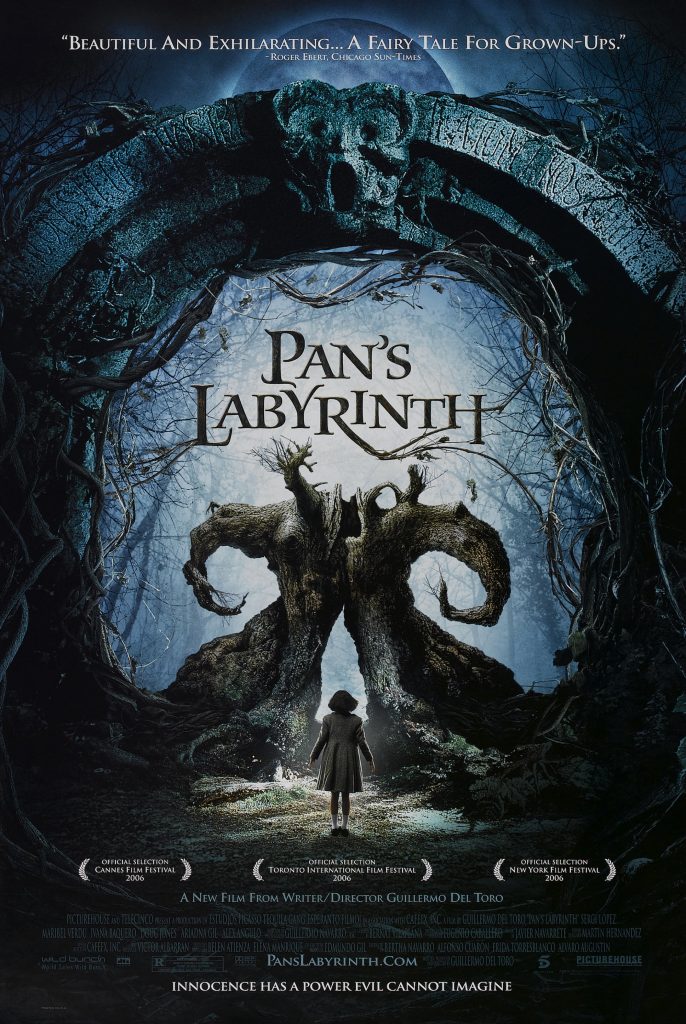
-
Pan’s Labyrinth(2006)
Movie Introduction
Spain’s civil war ended in 1944, but civilian forces hidden in the forest continued to resist fascist regimes, and government forces were deployed everywhere to suppress them. Ophelia moves with her full-term mother, Carmen, to a forest base where her stepfather, Captain Vidal, is.
Feeling afraid of everything, including the cool and scary Captain Vidal, a government army officer, one day finds a maze hidden in the forest. There, she meets Pan, a bizarre-looking fairy who introduces herself as “a mountain, a forest and a land.”
Welcoming Ophelia, Pan informs her that she is the princess of the underground kingdom, Moanna, who can return after three missions until the full moon rises and hands a “book of choice” to see the future.
In a reality scarier than war, Ophelia decides to leave the human world and return to the underground kingdom… Courage, patience, and final mission… Pan’s maze reopens, and the boundary between fantasy and reality collapses!
Guillermo del Toro’s The Maze of Pan is a fascinating, dark, and beautiful masterpiece that defies traditional genre classification. Set in post-Civil War Spain, the Spanish-language film is a dark fantasy that intertwines the harsh reality of a totalitarian regime with a surreal, mysterious world.
The main character of the film A young girl named Ophelia moves with her pregnant mother to a remote, army-occupied countryside. There, she discovers lush mazes in the forest and meets mythical creatures and a mysterious zoo. Ophelia’s imagination opens the door to a world of fantastic creatures, magic, and quests, as the zoo guides her through a series of tasks.
What makes “Maze of Pan” the standout movie of the 2000s is its exquisite blend of dark fantasy and historical drama. It explores the themes of purity, brutality, and escapism in the face of adversity. The story of the movie is touching and hauntingly beautiful.
The visual design and special effects of “The Maze of Pan” are outstanding. Guillermo del Toro’s imaginative creations, including a zoo, pale man, and magical underworld, come to life with incredible attention to detail and practical effects. The visual richness and eerie atmosphere of the film make for a world that is both fascinating and terrifying.
The characters in “The Maze of Pan” are Ophelia, who is complex and multidimensional, and especially acts as an emotional anchor for the story. Her journey is a poignant exploration of the power of imagination and resilience, navigating the harsh realities of her surroundings and escaping into a fantasy world.
“Maze of Pan” has won critical acclaim and won three Academy Awards, including Best Cinematography, Best Artistic Director, and Best Makeup. Its impact on film transcends its awards because of its artistic brilliance, fusion of reality and fantasy, and its depth of storytelling. The film remains a testament to the film’s power to move audiences into different worlds and evoke profound emotions.
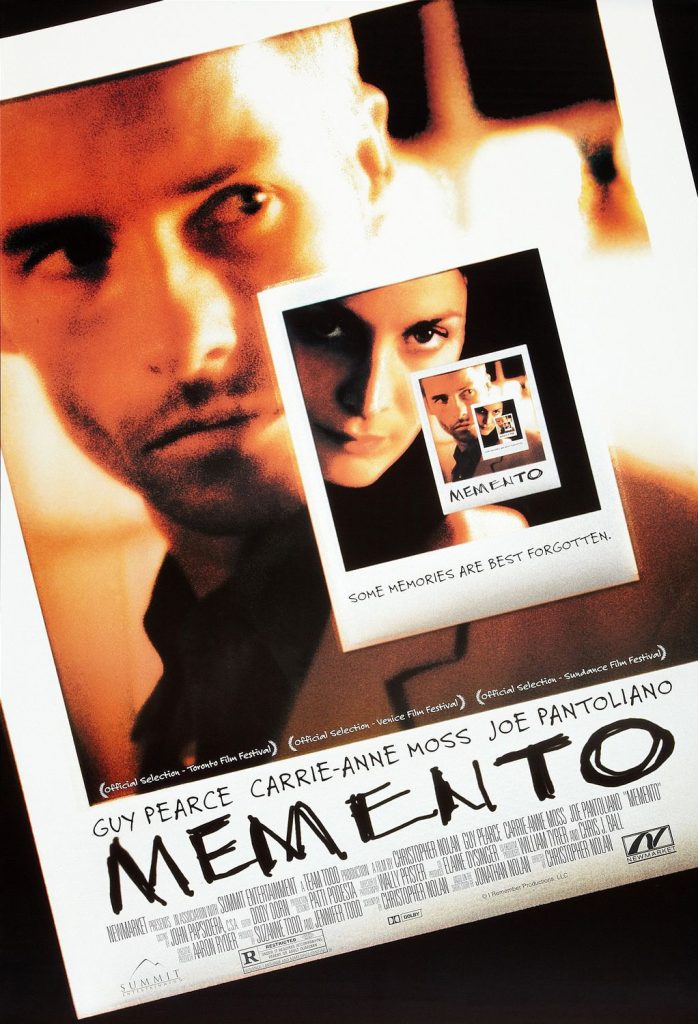
-
Memento(2001)
Movie Introduction
A memory-tracking thriller in which a man with short-term amnesia who remembers only 10 minutes after his wife was killed follows records left with photos, notes and tattoos
Directed by Christopher Nolan, Memento is a mind-bending cinematic marvel that stands as evidence of nonlinear storytelling. The film’s unique and innovative structure, in which scenes are presented in reverse order, has kept audiences on edge and solidified the status of modern cinematic classical music.
The movie’s story is centered on Leonard Shelby, who is portrayed by Guy Pearce, who suffers from short-term memory loss. In his quest to solve the mystery of his wife’s murder, Leonard relies on Polaroid photos, notebooks, and tattoos to connect information about his life and the people he meets into pieces. What is truly groundbreaking is that because the film shows these pieces of information in reverse order, audiences experience the story like the protagonist in a fragmented, disoriented, and nonlinear way.
The nonlinear structure of “Memento” is not just a trick, but an integral part of storytelling. It plunges the audience into Leonard’s world of confusion and paranoia. As viewers, we must work on puzzles with our protagonists and actively engage in the story. This approach constantly raises questions about our understanding of the story and makes us reevaluate our perception of the characters.
Guy Pearce’s performance as Leonard is top notch in acting. He conveys a wide range of emotions, from confusion and despair to determination and vulnerability. His portrayal of Leonard is at the heart of the movie’s success, making him a character that audiences deeply sympathize with.
The film’s exploration of memory, identity, and the reliability of personal narratives adds layers of complexity to the story. It raises profound questions about the nature of truth, the errors of memory, and the extent to which identity is shaped by the stories we construct ourselves.
“Memento” left an indelible mark on the films, affecting the follow-up films and filmmakers who experimented with nonlinear storytelling. It challenges traditional narrative customs and offers an intellectual and emotional experience that lasts long after a credit roll. Christopher Nolan’s creations are testament to the power of storytelling to play with structure and perspective, creating a cinematic journey that is as thrilling as it is to think about.
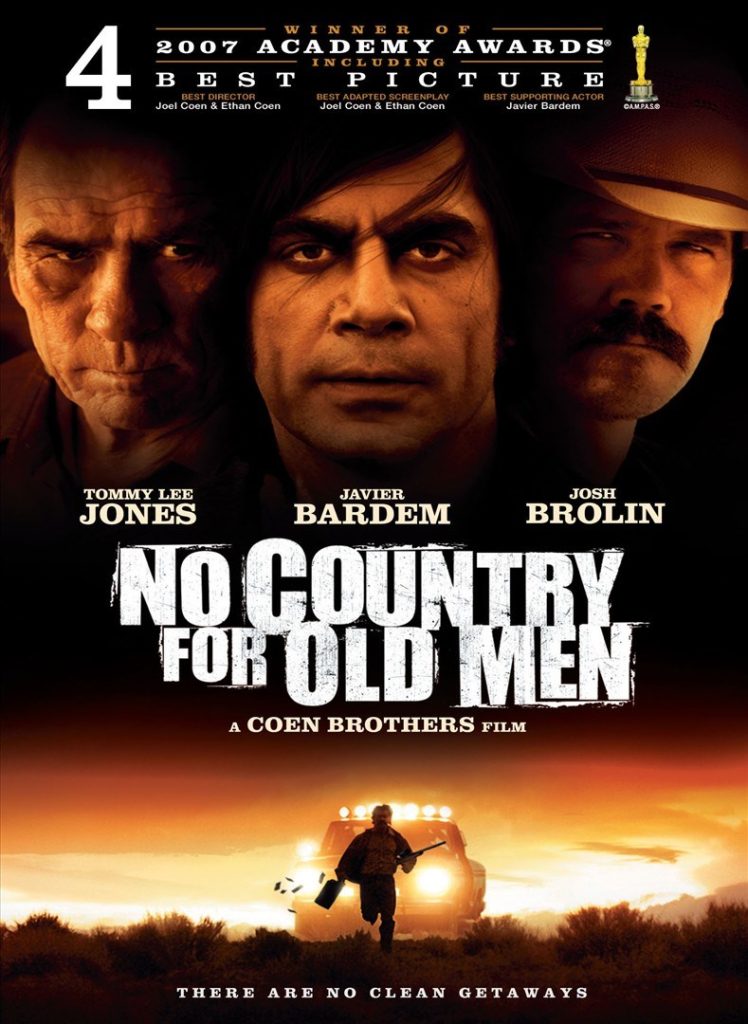
-
No Country For Old Men(2008)
Movie Introduction
Llewellyn Moss (Joshu Brolin) accidentally gets a bag containing $2 million at the scene of the shooting. But there’s another person looking for this bag: killer Anton Seager (Harveyer Bardem). And Sheriff Bell (Tommy Lee Jones), who is chasing after them, joins the chase, and no one can escape.
No Country for Old Men by the Coen Brothers is a cinematic masterpiece that immerses audiences with its suspenseful and harrowing story. With its captivating storytelling and unforgettable performances, the film remains a standout piece in the crime thriller genre.
Adapted from Cormac McCarthy’s novel, the film is set in a desolate, unforgiving landscape in West Texas. The film follows a hunter named Llewellyn Moss, described by Josh Brolin, who stumbles on a wrong drug trade in the desert and finds a suitcase full of money. His impulsive decision to take the money triggers a series of events leading to the ruthless pursuit of psychopath hitman Anton Chigurh, described by Javier Bardem.
“No Country for Old Men” is a masterpiece of suspense and suspense. The Coen Brothers’ directing and the film’s stark and haunting cinematic techniques create an atmosphere of as unsettling as it is fascinating. The sparse and desolate landscape serves as a metaphor for the moral and existential dilemmas the characters face.
Javier Bardem’s portrayal of Anton Chigurr is iconic. His chilling and mysterious performance as a conscientious murderer earned him an Academy Award for Best Supporting Actor. Chigur’s moral code, based on using a captured bolt pistol and flipping coins with his weapon of choice, made him one of the most memorable and disturbing villains in film history.
The film is a character-driven narrative that delves into the spirit of the protagonist, especially Sheriff Ed Tom Bell, played by Tommy Lee Jones. Bell’s ever-increasing reflection on violence and disillusionment with the changing world create a philosophical undercurrent that adds depth to the narrative.
No Country for Old Men raises questions about the fate, morality, and force majeure that shape our lives. The movie’s ending, which has many questions unresolved, challenges audiences’ expectations and inspires speculation.
This cinematic gem is a testament to the Coen Brothers’ storytelling abilities as well as its filmmaking abilities, which are suspenseful thrillers, character studies, and philosophical exploration of the human condition. It remains the defining item of the crime thriller genre, continuing to captivate audiences with its narrative complexity and unforgettable performances.
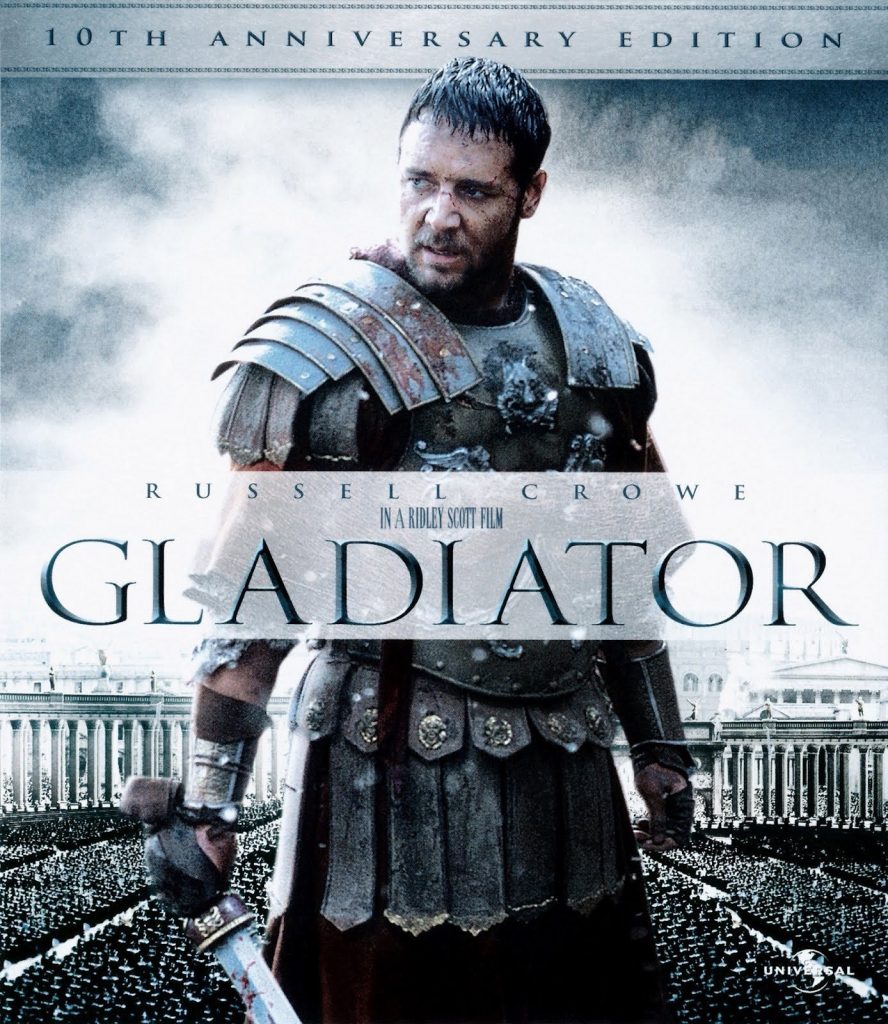
-
Gladiator(2000)
Movie Introduction
At its peak, the Roman Empire was vast in territory and stretched from the African desert to the north of England. At that time, the world was under the control of the Roman emperor for a quarter of its population.
It was in 180 A.D., when Emperor Marcus Aurelius’ 12-year conquest of Germany was almost completed. If the last enemy fortress is captured, peace will now come to the Roman Empire. A dark woodland in 180 A.D., when the peaceful “five-present era” is nearing its end, hundreds of troops stand holding their breath.
Like on a storm eve. With the general’s signal sounding and a huge roar, the sky is littered with flames and burning clay pots, and the ground is colored with the blood of numerous soldiers.
General Maximus: Russell Crowe, the beloved general, like his son, wins the battle of the Danube River by Iron Man Emperor Marcus Aurelius. Emperor Marcus Aurelius, who is close to death, favors Maximus and decides to hand the throne to him, not his son. However, the emperor’s son, Commodus, is jealous and angry at this and finally kills the emperor.
Commodus, who took over the throne, orders Maximus and his family to be killed. Maximus, who has lost all his family and managed to survive alone, is reduced to slavery and receives daily training as a gladiator in a dumping ground.
All he has left is revenge on the newly crowned Emperor Commodus. As a gladiator, he leads him to victory in each game and survives, his fame and popularity increasing day by day.
Returning to Rome, he pledges revenge for Commodus, who killed his wife and son. Then one day, he meets Lucilla (played by Connie Nielsen), the sister of the emperor he loved a long time ago, again.
Maximus, who has become a new people’s hero, is angry when he learns that he is still alive, but he cannot kill him because the people are afraid.
Finally, Maximus meets secretly with his old men and resolves revenge on Commodus, the violent emperor who murdered his beloved wife and son, and the emperor he respected. Lucilla, who still loves Maximus, betrayed his younger brother Commodus and tries to help Maximus fight the rebellion.
Directed by Ridley Scott, “The Gladiator” is an epic historical drama that has not only moved audiences to ancient Rome, but also achieved incredible feats by delivering breathtaking battle sequences and captivating stories of revenge. With the film’s portrayal of the Roman Empire and Russell Crowe’s award-winning Maximus Meridius, it has become a true classic of cinema.
The opening sequence of the film is spectacular. They introduce us to the Roman general Maximus, who we soon can admire and relate to. As the story unfolds, we witness him fall from grace as he is betrayed by a corrupt communus, brilliantly played by Joaquin Phoenix. This betrayal sets the stage for a fascinating story of revenge and honor.
“The Gladiator” succeeds in creating a true depiction of ancient Rome, thanks to careful attention to historical details. The sets, costumes, and even the Colosseum itself are masterfully reproduced, immersing the audience in the grandeur and cruelty of the Roman Empire. The film’s commitment to historical accuracy sets it apart in terms of true cinematic spectacle.
Russell Crowe’s performance as Maximus is a tour de force. His portrayal of the general’s journey from a loyal soldier to a gladiator seeking revenge is emotionally resonant and powerful. Crowe’s performance earned him an Academy Award for Best Actor, and it is no exaggeration to say that Maximus became one of the most iconic characters in film history.
The film’s battle sequences, especially the climatic Germania battles and the Colosseum gladiatorial contests, are breathtaking in their choreography and visual implementation. The raw intensity and practical use of these scenes move the audience to the center of this brutal conflict.
“Gladiator” is not just a historical epic poem, but a story of heroism, betrayal, and the constant pursuit of justice. It is used as a testament to the enduring appeal of ancient stories, and is known for its storytelling, visual splendor, and the ever-present emotional impact on audiences all over the world.
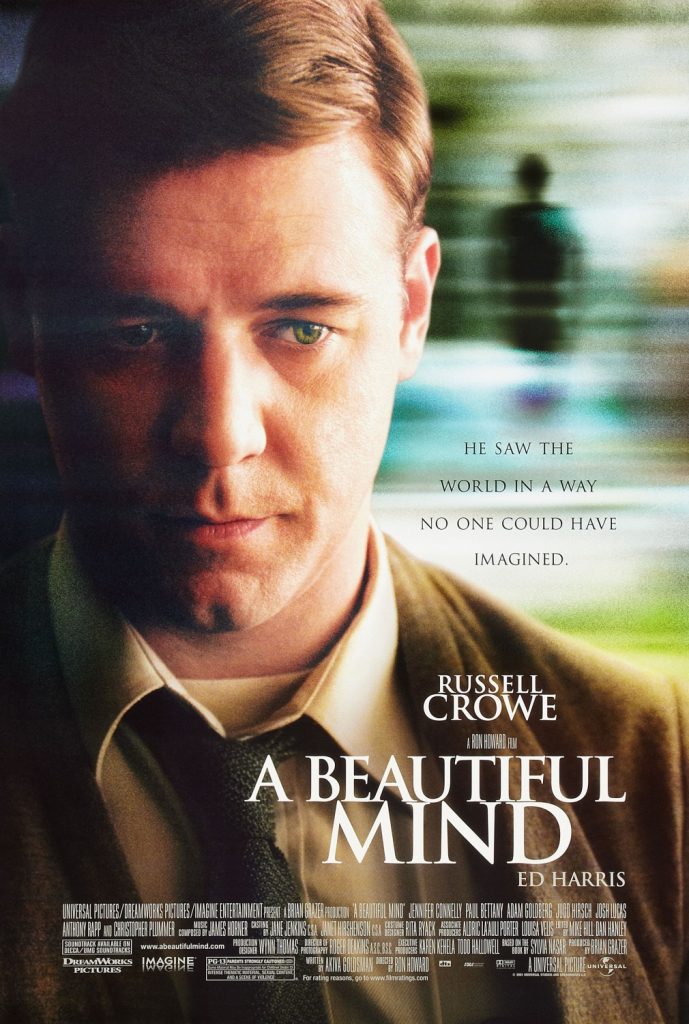
-
A Beautiful Mind(2002)
Movie Introduction
Princeton University is home to some of the best elite in the ’40s. A genius from West Virginia who entered the school on a scholarship without taking an exam makes the campus stir. John Nash, a math freshman who is so introverted and blunt, and so confident that he is called “arrogant.”
With an excellent brain and good looks that no one can match, the eccentric genius uses the window of his dormitory to hang on to a single problem. Finding his own “original idea.”
Watching his friends’ competition over a blonde beauty at a bar he stopped by with his mischievous friends one day, John Nash discovers clues to the “balance theory” with a flash of intuition.
John Nash, a 20-year-old man who published a 27-page paper in 1949, becomes a star of academia and the second Einstein in a day.
After successful succession as a professor at MIT, he meets William Pacher, a government secret agent, and is secretly involved in a Soviet code-breaking project, as are the top elites of the Cold War.
What embarrassed him was not the code of tens of thousands, but the challenge of love in his life. After falling in love with Alicia, the physicist who was taking his class, he opens the door to his heart that was closed for the first time in his life, and the two enter a happy marriage.
After his marriage to Alicia, John secretly carries out projects with William.
However, John, who is increasingly obsessed with the idea that a Soviet spy is tailing him, does not realize that his soul’s light is fading, even though he keeps his job secret from his wife. Nash’s theories have affected world trade negotiations, national labor relations, and even biological evolution.
John and Alicia live in Princeton, New Jersey, and keep the Mathematics Department. And John still walks around campus every day.
Ron Howard’s A Beautiful Mind is a moving and insightful biographical drama that tells the life story of John Nash, an outstanding mathematician who fought schizophrenia. It won four awards, including an Academy Award for Best Picture, for the film’s emotional depth and Russell Crowe’s powerful performance as John Nash.
The film begins by introducing us to John Nash, described by Russell Crowe, as a young, exceptionally gifted mathematician. We witness an outbreak of schizophrenia, a mental illness that poses serious challenges to social interaction and his academic and personal life. The film depicts painful hallucinations without avoiding the difficulties of life suffering from schizophrenia and the burden they place on Nash and his loved ones.
One of the highlights of the film is the compassionate and humanized portrayal of Nash’s journey. “A Beautiful Mind” seeks to understand and empathize with his experiences, rather than stigmatizing his mental illness. Audiences are invited to Nash’s world, where reality is clouded by delusions and the boundaries between genius and madness become increasingly slim.
Russell Crowe’s acting is a career-defining moment. He skillfully conveys the complexity of the Nash character, capturing both his brilliance and vulnerability. Crowe’s portrayal is a testament to his acting prowess, which has earned him an Academy Award nomination and established him as one of the most talented people in the industry.
The emotional resonance of the film is amplified by the heartbreaking relationship between John Nash, played by Jennifer Connelly, and his wife, Alicia. Connelly’s acting is equally outstanding because he defies the challenges of loving and supporting a brilliant mind suffering from mental illness. Their bond is at the center of the movie’s emotional impact.
“A Beautiful Mind” is not just a biographical drama, but a tribute to the power of the human mind and the power of love and patience. The movie gives the audience a look back on themes of genius, mental health, and the importance of community and support. It serves as a constant reminder that the human mind and mind have the ability to overcome and shine brightly despite deep challenges.
conclusion
The 2000s was the golden age of filmmaking, resulting in some of the most iconic films of all time. While genres vary, these 10 movies have one thing in common: lasting influence on movies. They are constantly praised for their innovation, storytelling, and inspiring emotions in audiences.
